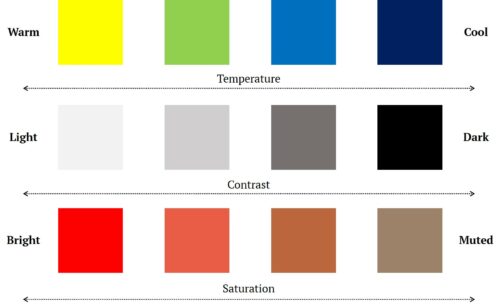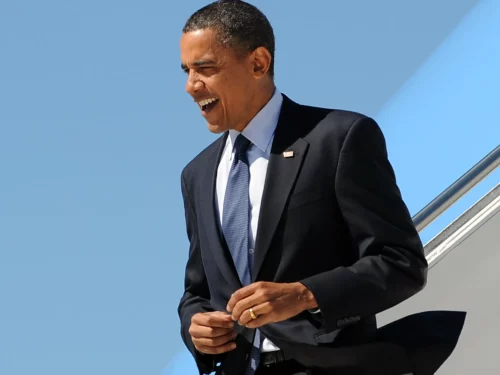Have you ever wondered why doctors and scientists prefer white lab coats, or why surgeons opt for blue or green scrubs? Additionally, have you noticed how corporate leaders often gravitate towards black and navy suits? The answer lies in the fascinating realm of colour psychology.
Colours can communicate different traits like competence, trustworthiness, empathy, creativity, and authority. “Colour is one of these amazing forms of self-expression.” emphasizes colour psychologist Karen Haller. “It serves as a non-verbal communicator, conveying our emotions, desires, and how we wish to interact with others.” Each colour represents a unique wavelength of light from the visible spectrum, triggering specific emotional responses. When we see a colour, our eyes transmit signals to the brain, which, in turn, triggers the release of hormones affecting our mood and behaviour. For instance, Prime Minister Narendra Modi is often seen in a white kurta and traditional Indian attire at events and visits worldwide. This reflects his brand of being a simple, trustworthy, and honest leader. Queen Elizabeth II of the United Kingdom was often seen in pastel colours, such as light blue, pink, and mint green, artfully conveying grace, elegance, and tradition.

Influential leaders maintain consistent messaging, verbally and visually and colours can be a powerful tool for this. Here is a quick reference guide to what the colours we wear communicate about us.
Harnessing Colour Psychology for Leadership
While colour perceptions can be subjective, certain colour
effects have universal meanings. For instance, red signifies passion and energy,
while blue conveys formality and conservatism. The categorization of colours
into cool-warm, dark-light, bright-muted is a widely accepted framework in the
field of colour theory and design.

Cool colours
(Blues, greens, and purples) They create a sense of professionalism and detachment. You can wear cool colours for a calm and credible appearance. Former President of the United States, Barack Obama, often wore blue suits during his presidency. Blue is considered a reassuring and authoritative colour, which aligns with the image of a statesman.

Warm colours

(Reds, Oranges, Yellows) make us appear approachable, friendly and also energetic. Incorporate warm colours to make a bold statement or convey energy. A red power tie can add a touch of confidence and assertiveness to a business suit. In this image, the former Chancellor of Germany, Angela Merkel, is seen sporting a solid, – red suit which projects a strong and energetic presence.
Dark colours
(Black, Charcoal, Dark Gray, Burgandy, Dark Blue) exude sophistication and power. Leaders opt for deep colours in – important meetings to influence action and appear more authoritative. The late co-founder of Apple Inc., Steve Jobs, was known for his signature black turtleneck and jeans. This minimalist and monochromatic style became an iconic part of his image.

Light colours

(whites, pastels) convey a sense of light-heartedness and youthfulness. A light pink blouse paired with white pants can create a friendly and feminine look. White in particular, symbolizes purity, friendliness and honesty. That is why doctors wear white lab coats – it helps inspire trust. As the leader of the Roman Catholic Church, Pope Francis wears white robes as a symbol of purity and humility.
Bright colours
(Vivid Tones) You can add pops of bright colours for a lively and attention-grabbing style. These colours emotionally stimulate; break down the barrier and people feel less shy and timid. When introducing a new idea to your team, you can try wearing a bright colour to invite them in. Pakistani education activist Malala Yousafzai often wears bright, colourful clothing, which reflects her youthfulness and optimism.

Muted colours

(Soft Pastels, Earth Tones) Incorporate muted colours for a relaxed and down-to-earth vibe. For a meeting in a small room, it is recommended to wear neutral colour like grey because it will make a person appear more refined and practical. Facebook co-founder and CEO Mark Zuckerberg is famous for his simple wardrobe, consisting mainly of grey T-shirts and hoodies. This minimalist approach reflects his focus on work and innovation.
This is a general rule of thumb. There are of course colours that we prefer, or gel well with our personality. Start by being more aware of what you feel drawn toward authentically. A good first step then is asking yourself what you need for the day and what you want to convey—strength, tranquillity, patience, or energy. Once you answer that question, you can experiment with colour psychology to strengthen your presence, align with your personal style, and adapt to the demands of various situations.
